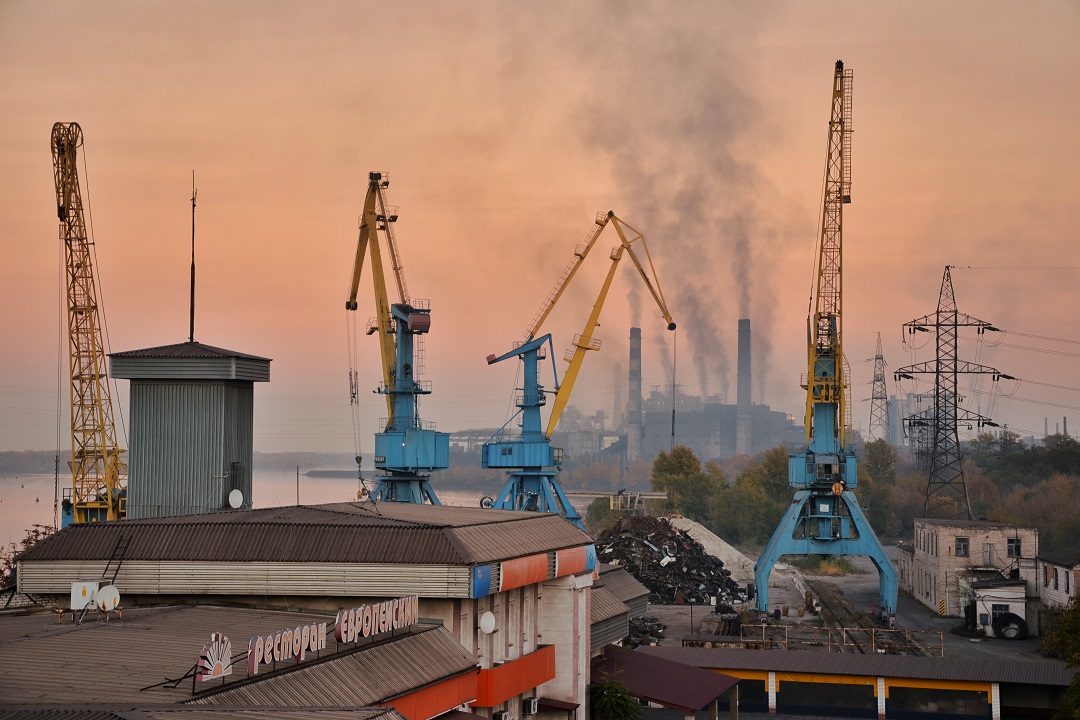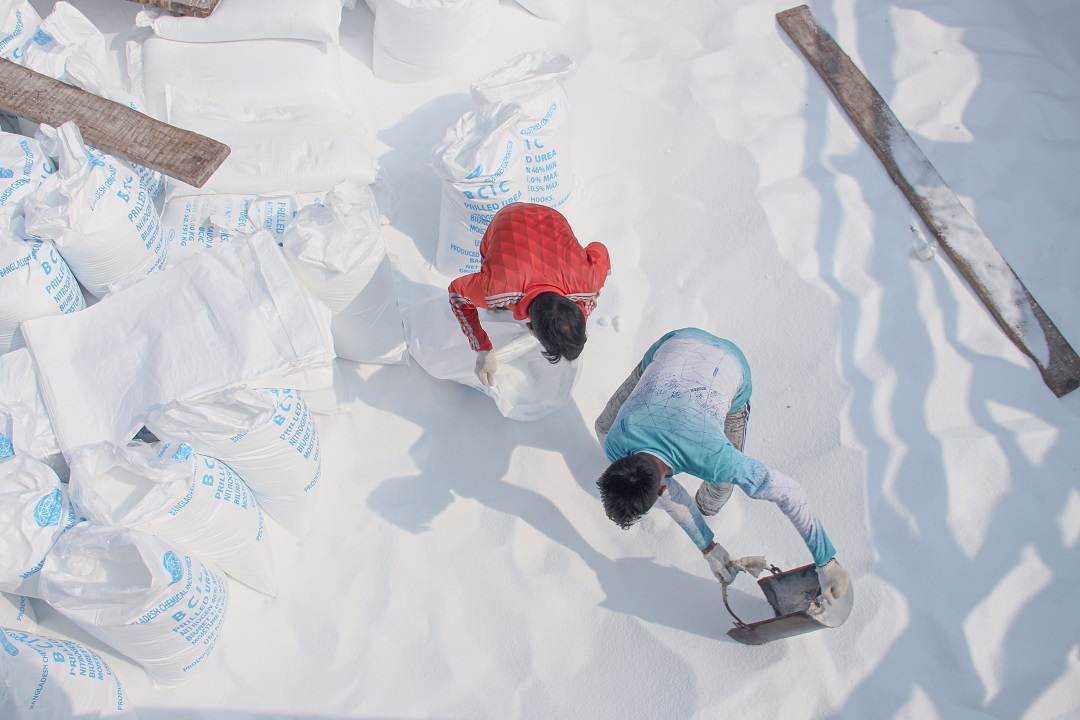Damp Proof Chemicals in Bangladesh
Damp proofing is a critical aspect of maintaining the structural integrity of buildings, especially in a country like Bangladesh, where climatic conditions can lead to excessive moisture-related issues. In this article, we will delve into the world of damp-proof chemicals, exploring their types, application processes, and the importance of damp-proofing in preserving infrastructure.
Introduction
Damp proof chemicals play a pivotal role in protecting buildings from the damaging effects of moisture. In Bangladesh, where high humidity levels are common, damp proofing becomes not just a necessity but a crucial investment in the longevity of structures.
Types of Damp Proof Chemicals
Damp-proof chemicals come in various forms, each catering to specific needs and situations. Liquid-based chemicals, creams, gels, and physical damp-proof courses are among the options available for addressing dampness in buildings.
Importance of Damp Proofing
Damp proofing goes beyond aesthetics; it is a fundamental element in preserving the structural integrity of buildings. By preventing water ingress, it mitigates the risk of structural damage and the growth of mold and mildew.
Popular Damp Proof Chemicals in Bangladesh
Silicon-based solutions, bituminous coatings, and polyurethane membranes are among the popular damp-proofing chemicals used in Bangladesh. Understanding their properties and applications is crucial for making informed decisions.
Application Process

Achieving effective damp proofing involves meticulous application. From surface preparation to the drying and curing process, each step plays a vital role in ensuring the longevity of the damp-proofing solution.
Challenges and Solutions
Bangladesh’s unique climate poses challenges to damp proofing. We explore how factors such as heavy rainfall and high humidity can impact the effectiveness of damp proof chemicals, along with budget-friendly alternatives.
DIY vs. Professional Application
While some may opt for do-it-yourself damp proofing, it’s essential to weigh the pros and cons against seeking professional services. We discuss the advantages and potential pitfalls of each approach.
Environmental Impact
As environmental awareness grows, so does the demand for eco-friendly damp proofing solutions. We explore water-based chemicals and other sustainable options for those looking to minimize their ecological footprint.
Case Studies
Examining successful applications and learning from failures in Bangladesh provides valuable insights into the practical aspects of damp proofing. Real-life case studies shed light on what works and what doesn’t.
Future Trends in Damp Proofing
The world of damp proofing is not static. We explore emerging technologies and sustainable trends that are shaping the future of damp proof chemicals, offering more efficient and environmentally friendly solutions.
Tips for Choosing the Right Chemical
Choosing the right damp proof chemical involves assessing the severity of dampness and consulting with experts. We provide practical tips for individuals and businesses looking to make informed decisions.
Maintenance After Damp Proofing
Damp proofing is not a one-time fix. Regular inspections and prompt addressing of potential issues are crucial for maintaining the effectiveness of the damp proofing solution over time.
Cost Considerations
Understanding the factors influencing the cost of damp proofing allows individuals and businesses to find a balance between quality and expense, ensuring effective damp proofing without breaking the bank.
Common Myths About Damp Proof Chemicals
Myths about damp proof chemicals can lead to misconceptions. We debunk common myths, providing clarity on the reality of damp proofing and educating consumers on what to expect.
damp proofing is a critical investment in preserving the integrity of buildings in Bangladesh. Choosing the right damp proof chemical and following proper application processes are essential steps in ensuring long-term effectiveness.
Bangladesh, a land of lush greenery and vibrant culture, is no stranger to the challenges posed by its humid climate. Amidst the picturesque landscapes and monsoon rains, one issue that often creeps up on homeowners and builders alike is dampness. Fear not, for the solution comes in the form of damp proof chemicals. In this article, we embark on a journey to uncover the secrets of damp proofing in Bangladesh.
Finding the Right Chemical
When battling dampness, the first question that arises is, “What is the best chemical for dampness?” In the realm of damp proofing, a hero emerges – silicon-based solutions. These chemical marvels create an impermeable shield against moisture, ensuring your walls stay as dry as a stand-up comedian’s humor.
But wait, there’s more! Bituminous coatings join the party, offering a robust defense against water intrusion. It’s like giving your walls a raincoat, but way cooler.
And for those who like to keep it modern, polyurethane membranes step onto the stage. Flexible and effective, they’re like the acrobats of the damp proofing world, bending and contorting to keep water out.
In the battle against dampness, these chemicals stand tall, ready to face the relentless rains and humidity of Bangladesh.
Damp Proofing Extravaganza
Now, you might wonder, “Which product is best for damp proofing?” Imagine a superhero team-up where creams, gels, and physical damp proof courses join forces for the ultimate damp proofing extravaganza.
Picture this: Liquid-based chemicals seeping into every nook and cranny, like a stealthy detective infiltrating a crime scene. These liquids create an invisible barrier, thwarting the advances of dampness with style.
Enter creams and gels – the dynamic duo of damp proofing. With their smooth application and swift action, they’re like the Batman and Robin of moisture prevention, silently safeguarding your walls.
And let’s not forget the unsung hero – physical damp proof courses. These are like the bodyguards of the damp proofing world, standing strong to ward off any infiltration attempts.
In the grand arena of damp proofing products, this team-up guarantees a moisture-free victory.
Common Materials for Damp Proofing

Now that we’ve met the superheroes, let’s explore the three common materials used for damp proofing. It’s like assembling the Avengers but for your walls.
- Brick and Mortar: The classic duo that never goes out of style. Like Captain America and Iron Man, they work together seamlessly to build a fortress that’s impervious to dampness.
- Bitumen: The Black Widow of damp proofing materials, sleek and effective. Bitumen is a versatile warrior, adapting to different surfaces and climates, ensuring your walls stay dry in any situation.
- Polyethylene Sheeting: The Thor of the trio, strong and dependable. This material creates a mighty barrier against moisture, much like Thor’s hammer repelling unwanted forces.
Together, these materials form an unstoppable trio, protecting your walls from the relentless attacks of dampness.
What Are They?
If you’re still scratching your head wondering, “What is a damp proof chemical?” fear not; it’s simpler than explaining the plot of a sitcom.
Damp proof chemicals are like the guardians of your walls, equipped with the superpower to repel moisture. They come in various forms – liquids, creams, gels, and even physical barriers – each with its unique approach to keeping dampness at bay.
Picture them as the bouncers at a trendy club, allowing only the cool and dry elements to enter while keeping the unwanted dampness out.
A Damp Proofing Tale
Now, let’s add a dash of humor to our damp proofing tale. Imagine your walls throwing a party, and humidity tries to crash it. But thanks to damp proof chemicals, humidity is left standing outside in the rain, wondering why it wasn’t on the guest list.
It’s like telling a joke so funny that even the moisture in the air can’t help but evaporate with laughter. Who knew damp proofing could be such a hilarious affair?
Conclusion:
In conclusion, damp proof chemicals in Bangladesh are the unsung heroes protecting your walls from the relentless assault of moisture. From silicon-based wonders to the dynamic product team-up, they ensure your home stays dry, comfortable, and ready for any weather.
So, embrace the humor, choose your damp proofing superhero wisely, and let your walls stand tall and dry against the damp forces of nature.
Get Access Now: Fairmate Bangladesh
FAQs
- Is damp proofing necessary in Bangladesh’s climate?
- Absolutely. The high humidity and heavy rainfall make damp proofing crucial to prevent structural damage.
- Can I apply damp-proof chemicals myself?
- While DIY is an option, professional application ensures precision and reliability.
- Are there eco-friendly damp-proofing options?
- Yes, water-based chemicals and other sustainable alternatives are gaining popularity.
- How often should damp proofing be inspected?
- Regular inspections, at least annually, help catch potential issues early.
- Do expensive damp-proof chemicals guarantee better results?
- Not necessarily. Factors like application and surface preparation play significant roles in effectiveness.
